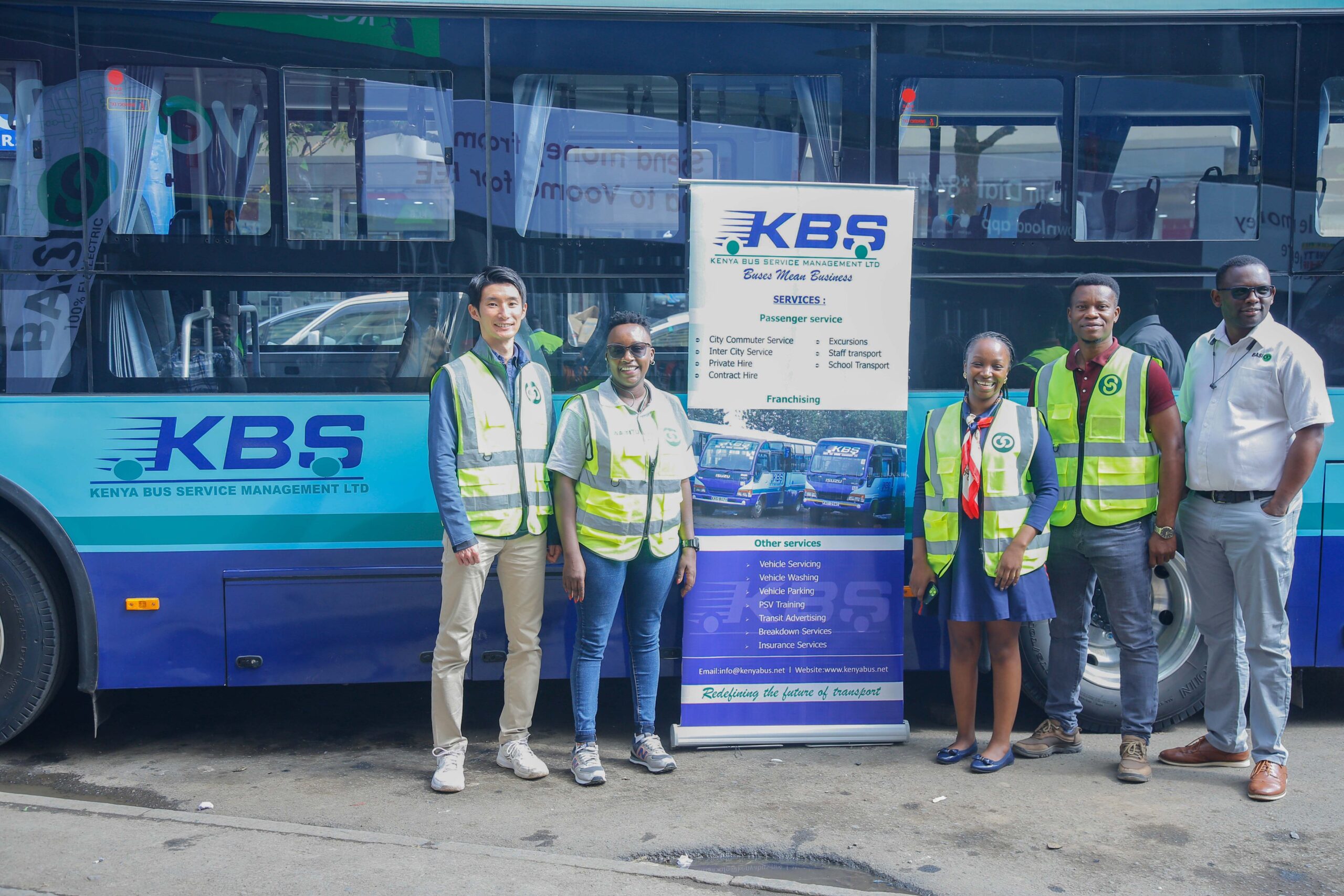Sign up for daily news updates from CleanTechnica on email. Or follow us on Google News!
As the automotive industry electrifies its vehicles, it is likely to affect both labor demand and the nature of employment in the automotive and parts sectors. Union pressures further complicate this changing automotive worker landscape.
For many scholars, the involvement of unions is both part of the definition of a just transition and a precondition of its realization. In several countries automotive manufacturing has provided relatively high wages that have helped to reduce income inequalities. Additionally, because automotive manufacturing is highly geographically concentrated, it plays an outsize economic role in the communities where it is located. Regional automotive industry infrastructure investments to support EVs can boost a local economy — or its disruptions can have a disproportionate impact.
The shift toward battery-electric vehicles (BEVs) will absolutely reduce greenhouse gas (GHG) emissions caused by transportation. Yet it creates significant stability risks for workers in the automotive sector.
BEVs don’t require many of the existing industrial jobs across the automotive value chain, including the production of key components such as internal combustion engines, fuel systems, exhaust systems, axles, and transmissions. Yes, new jobs will emerge with the need for batteries, electric motors, and IT components. At this transitional stage, however, it’s uncertain exactly how many jobs will exist in relation to past internal combustion engine vehicle (ICEV) production.
Then there’s the uncertainty of just how viable work and employment conditions in BEV production will be. What mechanisms will be in place for workers to transition out of ICEV production into future jobs? The industry narrative speaks to enhancement to the existing automotive industrial base by attracting EV-related work, but a list that’s getting longer each year cites automotive employers for worker rights violations, low pay, and dangerous working conditions.
There’s also the difficulty in retraining former ICEV-related workers to the world of EV production. Fewer than 1% of workers who lost “dirty” jobs made the transition into “green” jobs over the period 2005–21. Will automotive worker education programs be able to remedy this pattern of lost ICEV jobs over the remainder of the decade?
Questions like these make union pressures on the automotive sector all that much more daunting.
 Chip in a few dollars a month to help support independent cleantech coverage that helps to accelerate the cleantech revolution!
Chip in a few dollars a month to help support independent cleantech coverage that helps to accelerate the cleantech revolution!
EV impacts on manufacturing labor is heightened by the role the sector has played in employment and wages around the world. Approximately 14 million workers are involved in vehicle and parts manufacturing globally. The shift from traditional ICEVs to EVs has raised concerns about displacement of automotive manufacturing labor. Employment effects of technology changes can be deconstructed into 3 effects:
- Changes in output demand, such as if consumer demand for vehicles decreases or increases in response to the shift to EVs;
- Changes in production costs, so that, if production costs increase, this could put downward pressure on the sales of vehicles; and,
- Changes in labor intensity between the technologies, like if the number of employees required for EVs is more or less than that of ICEVs for the same quantity of vehicles produced.
On the other hand, a 2024 study in Energy Policy reveals that, accounting for production and assembly of battery packs, the labor intensity required for the manufacturing of BEV powertrain components is larger than for ICEV powertrain components. This difference in labor intensity holds even when comparing the highest-efficiency estimates for BEV production with the lowest efficiency estimates for ICEVs. The results imply that vehicle electrification could lead to more automotive manufacturing jobs, at least in the short- to medium-term.
Major Global Automakers Address Union Pressures in the Shift to EVs
Much speculation exists as to the future of companies that are ramping up EV production and their labor forces. As in any transition, ICEV production doesn’t just stop — it continues on in decreasing numbers and values, recognizing union pressures in the context of an already tight labor market.
Unions are making global gains in bargaining power, although the long term status of workers’ collective power is uncertain. Partially, that’s because consumer incentives to purchase EVs are expiring and because of new EV Models and their price-based competition. When less profit is easily accessible, it’s typical for the automotive industry to seek out low-cost production, often in low-wage countries. That translates in to less capacity for union pressures on automakers.
Then again, when jobs are created within existing sites of union power, workers can avoid unemployment by securing existing jobs, transferring to other jobs in the same plant or company, or retraining for newly created positions. Trade unionists also endeavor to put pressure on, or partner with, the management to help workers pursue internal redeployment or attract investment in existing plants.
How is the global automotive industry handling union pressures during the transformation to BEV fleets? Here are a few examples.
Germany: Starting around 2020, the German government adopted a clearer policy to promote BEVs. The Dieselgate scandal of 2015 was one motivating factor, as German automakers found themselves needing to alter their technological and product strategies due to weakened lobbying capacity at the EU level. Since then the German government has introduced several industrial policies to develop domestic BEV production capabilities. For most automotive workers, wages, working time, and other working conditions are set through the sectoral agreement for the metal and electrical industry between IG Metall and Gesamtmetall (the Federation of German Employers’ Associations in the Metal and Electrical Engineering Industries). The German case reveals some lessons for policy, which includes the importance of powerful and strategic trade unions but also tools such as work sharing, job banks, and reallocation committees.
Japan: Toyota Motor Corp. is Japan’s largest employer with close to 381,000 staff. These days the automaker is grappling with a conundrum — how will the company’s new technology introductions affect its its workers, the country’s automotive supply chain, and all the jobs the auto supply chain supports? Union pressures on companies like Toyota and others around the world create challenges, as electrification and automation may reduce labor needs. Companies are also under scrutiny to secure worker safety as EV battery production expands.
South Korea: Bloomberg recently interviewed a couple of officials from the Korean Metal Workers’ Union, which represents roughly 180,000 auto workers, including about 70,000 at Hyundai and Kia, the country’s two dominant manufacturers. The two companies’ moves toward electrification are provoking anxieties due to that country’s highly active and organized labor movement. The union, formed in 2001, is in the process of negotiating a new annual contract for Hyundai’s vehicle assembly workers, and it’s threatened to strike over disagreements on future hiring plans and sharing Hyundai’s record profits in 2023.
Union pressures in South Korea include trying to influence companies to create new jobs related to green industries. The union officials acknowledges that limiting their sights within particular factory walls suggests jobs are being reduced. “On the other hand, there are also workers who are going to be building robots,” they commented. “We need to confess: we don’t have a magic bullet.”
The union signed an agreement on industrial transformation with Korean metal industry employers in 2021. Now in 2024 they’re focusing on supply chains where automakers are taking overall responsibility for realizing carbon neutrality in their supply chains. They’re developing clusters and strategies for different regions for different sub-sectors. A consultation framework will be designed so that the local community and the companies and the trade unions will be able to find strategies to realign their economic production on something that’s needed, something that will continue employment in a sustainable way.
Have a tip for CleanTechnica? Want to advertise? Want to suggest a guest for our CleanTech Talk podcast? Contact us here.
Latest CleanTechnica.TV Videos
CleanTechnica uses affiliate links. See our policy here.





